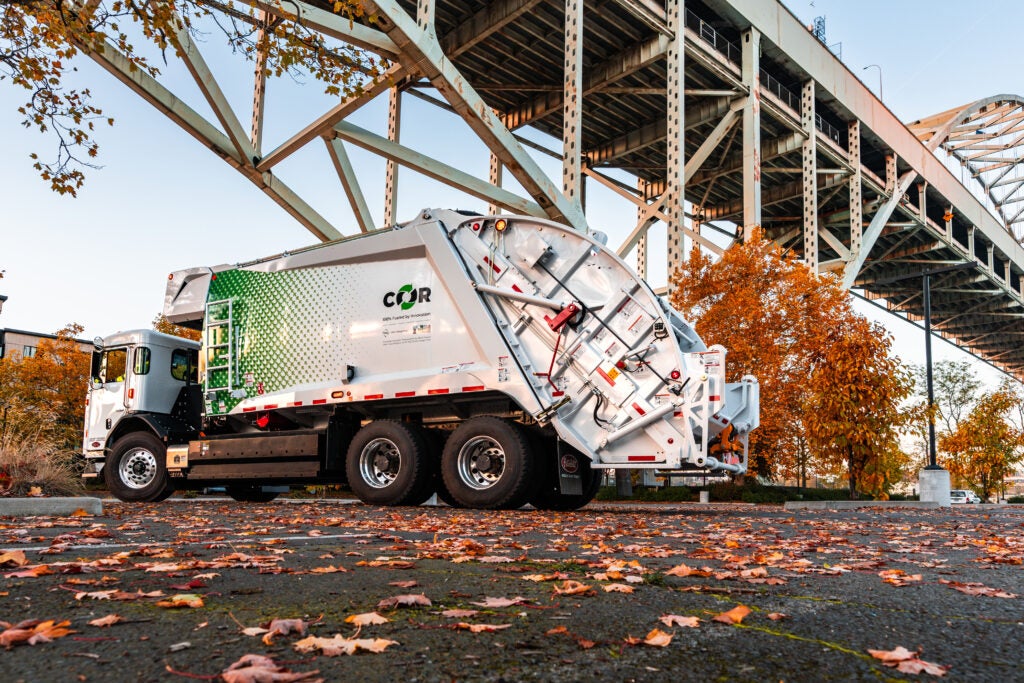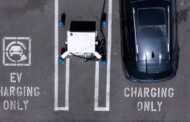By EDF Blogs
By Kae Tuitt and Lindsay Shigetomi
Fleet electrification comes with unique challenges, yet fleets are finding ways to overcome these obstacles and put zero-emission vehicles on the road because the benefits are worth it. A zero-emission fleet leads to less air pollution, improved community health, new business prospects and financial savings such as lower maintenance and operational costs. According to an Environmental Defense Fund analysis, more than five times the amount of medium- and heavy-duty EVs were put into service in 2023 than in the previous year. Despite the challenges, businesses are leading the charge to successfully deploy EVs into their operations in pursuit of a zero-emission future.
As part of a year-long effort, EDF is showcasing the stories of leading fleets in a series of case studies documenting their experiences and accomplishments so other fleets can learn from their success.
Fleet Stories on the Road to Electrification
Share on X
For these first case studies, EDF partnered with fellow nonprofit Breaking Barriers Collaborative to document the experience of three medium- and heavy-duty fleets deploying electric vehicles in the Pacific Northwest: City of Roses Disposal and Recycling, DeSantis Landscapes and MTRWESTERN. Though these fleets operate completely different business models and vehicles, interviews revealed common strategies all fleets can utilize to support successful electric fleet deployments.
Fleets EV Strategies for Success
EDF and BBC visited the fleet depots and witnessed firsthand how each fleet has uniquely incorporated electrification, not just in its service routes but also into the overall company mindset toward sustainability. Fleets can learn from these case studies, which are structured around some of the most common challenges and opportunities of electrification: community and business benefits, funding and strategic partnerships and getting started.
- Community and business benefits: For City of Roses, DeSantis and MTRWESTERN, the switch to electric has aided the communities they serve. City of Roses CEO Alando Simpson said, “…it’s really a bright beacon for the youth in this community to see drivers that look like them, that are employed by a company that is owned by people that look like them providing sustainable solutions for their community.” The transition has also unearthed business benefits that the fleets hadn’t even considered. Amanda Emery, VP of Sales for MTRWESTERN said, “It has absolutely led to new business opportunities.” The consensus from the fleets is clients have their own sustainability goals and are looking to work with companies that Dean DeSantis, President and owner of DeSantis Landscapes said are “trying to create a more climate positive business.”
- Funding and strategic partnerships: Navigating electrification and calculating the associated costs can be a daunting task, which is why the three fleets emphasized how important it is to build relationships and share best practices with stakeholders and organizations embarking on the same or similar journeys. Transitioning to zero-emission vehicles also helps fleets save money over time through cumulative savings across fuel, maintenance and operations costs. In addition, there is a growing number of grants and other funding opportunities available for fleets to take advantage of now. “It’s great working with organizations like Breaking Barriers and EDF,” said Bill Kent, City of Roses Director of Growth, “because of their knowledge of the funding that’s available out there, their ability to really kind of take your fleet planning to a new level and to really help you be able to evaluate the opportunities with electrification.”
- Getting started: Converting to a new technology can be an intimidating feat for a company, and some may be hesitant to get started. But as Jeremy Butzlaff, president of MTRWESTERN emphasized, “Get started now, and the other things will fall into place after that. “Participating in BBC’s Fleet Decarbonization Accelerator — a cohort-based program with a curriculum designed to help fleet operators build a decarbonization plan to transition to electric vehicles — is one way these fleets and many others have gotten started. Programs like BBC’s Accelerator and EDF’s Fleet Electrification Solution Center provide fleets with tools to start their electrification journey and can help empower them through camaraderie with other people and organizations in the industry.
Making the switch to electric trucks is complex, but it’s doable. For fleets that may be hesitant to begin, the message from the three fleets interviewed was consistent: take the leap and just dive in. Funding opportunities are continuously popping up that fleets can take advantage of NOW — and finding the right partners to help you navigate these funding opportunities can be game-changing. As customers, communities and regulators expect companies to do their part in tackling climate and air pollution, integrating more zero-emission vehicles into a fleet can be a smart business move.
To learn more about how these fleets and others are navigating the journey on the road to electrification, visit edf.org/ElectricFleetStories, where you can watch videos and read in-depth case studies. From this page you can also sign up to receive email updates about the next round of case studies EDF releases, or to nominate a fleet to be featured in future case studies .
The post Fleet stories on the road to electrification appeared first on Energy Exchange.












